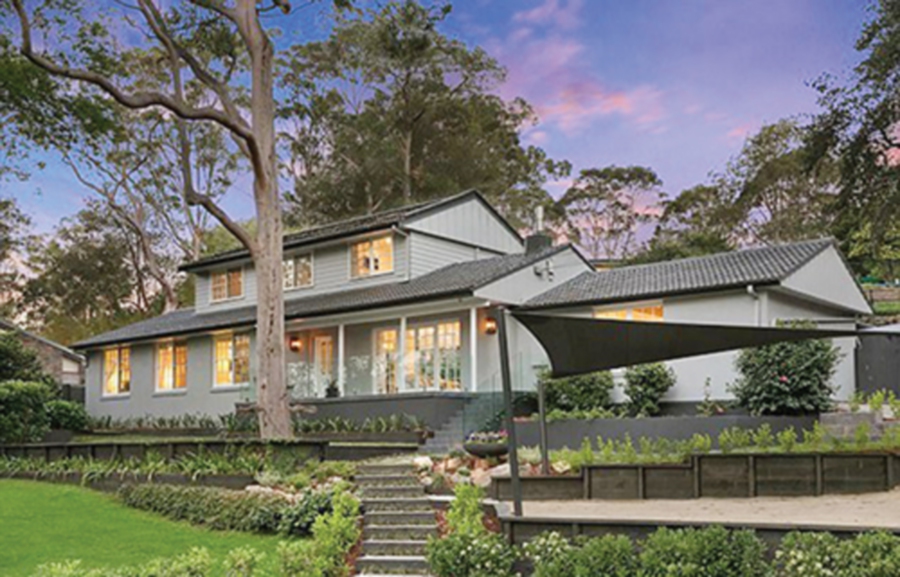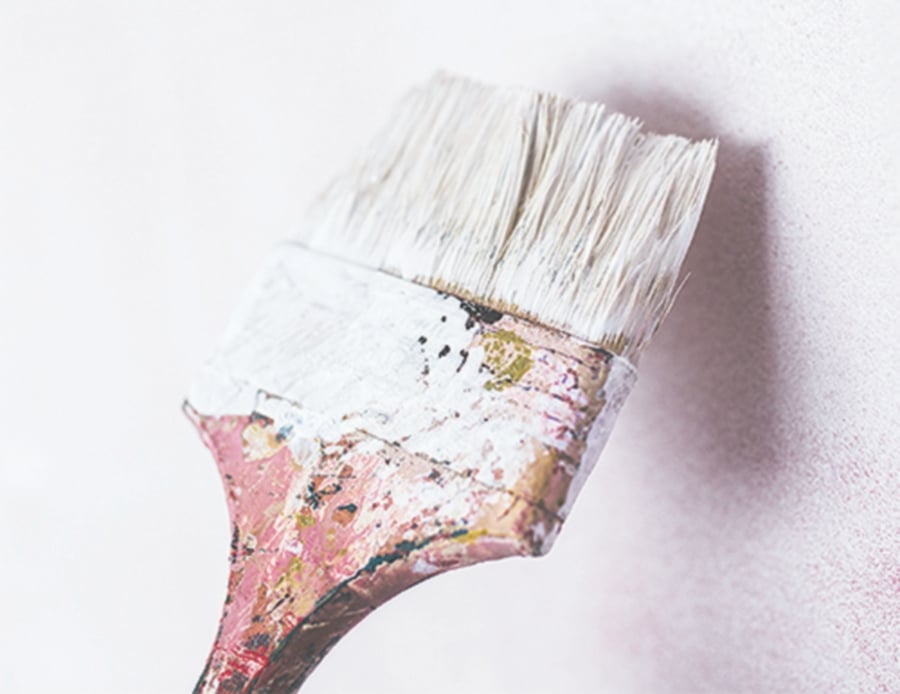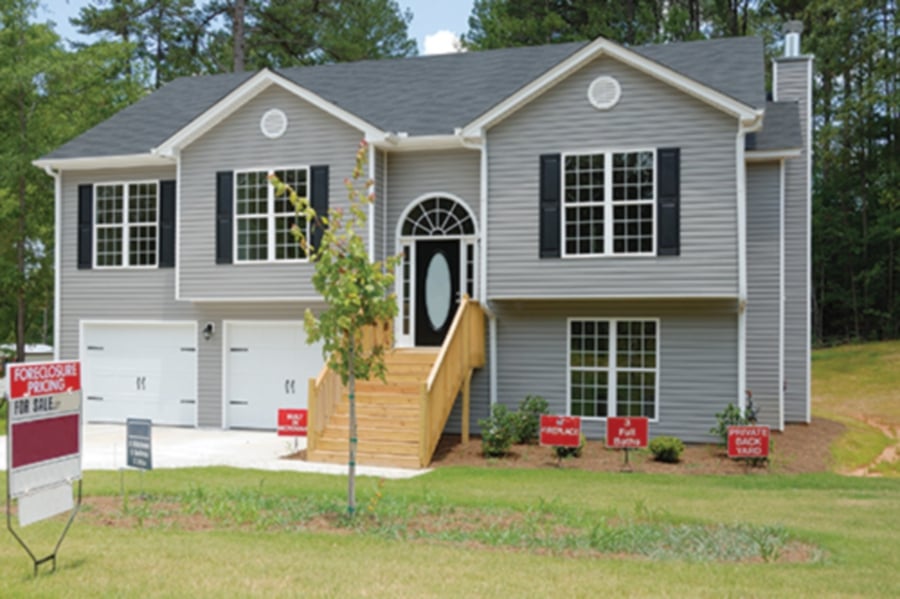THE rainy season is now upon us, but what does it mean for our plants or softscapes?
Rainy conditions are an ideal environment for inducing growth in plants as the low temperatures and humidity help the roots swing into action. But it is our responsibility to look after the plants in our garden, because too much water could kill them. So it is best that you check the soil often.
Loosening the soil frequently will not only assist in ventilation within the soil but can also improve the flow of water. The more porous the soil is the better because it can prevent the breeding of pests.

If you think it is not necessary for us to water the plants during the rainy season, you are wrong! You still need to water the plants, but you should reduce the amount of watering.
Checking the sogginess of the soil will tell us if we need to water the plants. This can be done by thrusting a finger into the soil and feeling the texture. If it is damp, then no watering is required.
During the rainy season, it is also advisable to constantly check the leaves and ensure that nothing unusual appears.

Applying fertilisers and herbicides to get rid of weeds might be deemed useless as they can be washed away by rain, but there are waterproof products in the market.
There is also no point in sowing new seeds during the wet season, as the wet soil may trigger the emergence of fungi and destroy all the seedlings. If you still wish to sow new plants, they should be put in a sheltered area.
It is also wise to consider having a temporary irrigation system by building a makeshift drain. The intent is to make the surrounding garden not turn into a water catchment area every time it rains.

Another thing is to leave some gaps between plants so that the soil can be exposed to sunlight and help it dry quicker. The last thing we want is for fungi or other weeds to grow on the surface of the soil.
Finally, the best way to reduce the risk of plants being spoilt by the heavy rain is by providing shade for them.
You can also shift potted plants to multi-layer stands. If there is no contact between the bottom of the pot and the ground, then excess water can flow out better.




